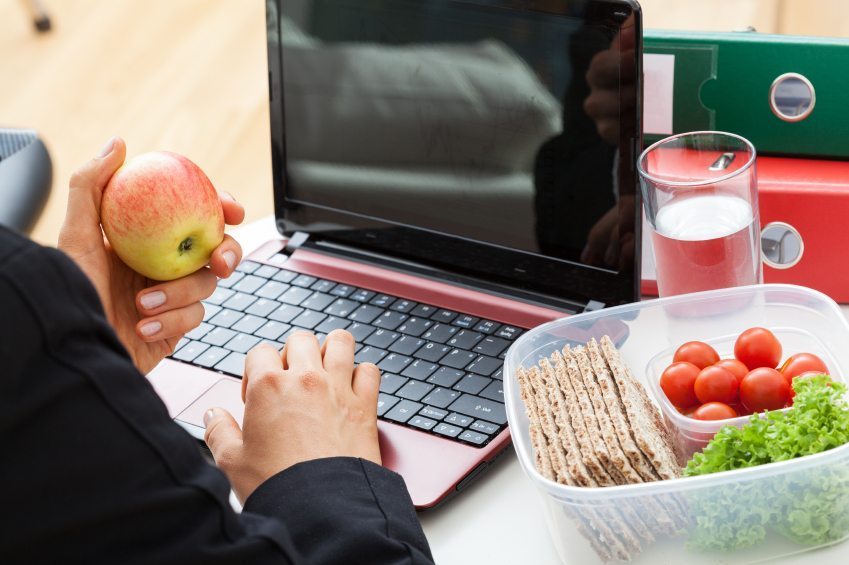 As U.S. employment rates continue to hover at their lowest levels in 50 years, employers can expect to see continued competition for top candidates in 2019, especially as the job market is poised to add the most new positions since 2015.
As U.S. employment rates continue to hover at their lowest levels in 50 years, employers can expect to see continued competition for top candidates in 2019, especially as the job market is poised to add the most new positions since 2015.
In this environment, retention will be on every hiring manager’s mind, but there is an antidote to your current employees’ eyes wandering to the want ads, as well as a way to make your organization stand out to well-qualified, job-seeking candidates.
It can be summed up in one word: engagement.
It’s a term that can serve as an overwhelming catch-all for overall employee happiness, but it can also be broken down to several small, achievable initiatives, some of which can tick multiple boxes with one well-executed strategy. As with many relationships, it turns out food can work wonders when it comes to getting people mingling at the office, and more satisfied with their professional lives.
More simply put, a few (healthy, high-quality) snacks can go a long way.
While some have scoffed at the idea of a business providing free food to its employees, citing it as a sign of an entitled workforce, “companies that think offering a paycheck is enough will soon see employees working for competitors,” says John Feldman, a contributor to Forbes.
In fact, there are niche catering businesses responding to this increased demand for office meals and snacks, and one such entity, ZeroCater, conducted a survey of 100 employees and office managers, asking them their opinions of their office food culture.
The results aren’t surprising:
- 60 percent of the surveyed employees listed free food as one of their top three favorite job perks.
- 90 percent of responding employers said that they found providing meals and snacks for their employees helped build stronger internal relationships.
Additionally, proving a wide range of healthy options could not only bolster your employees’ happiness—it could help bolster your organization’s employee health and wellness strategies. What’s more, many people are moving away from their three square meals a day, and snacking more frequently, according to a report from the Food Institute.
Whether you’re looking to beef up an existing office snack program or are looking to start from scratch, here are a few pointers to get the ball rolling.
DON’T
Assume you know your employees’ tastes and preferences.
DO
Ask them what they want! A simple electronic survey could do the trick, and also give a discreet, private way for an employee to disclose any potentially dangerous food allergies. If you run a small office and have even one employee with a severe nut allergy, for example, better to avoid that category completely. Ask employees what kind of snacks they like, and consider including beverage options beyond the standard coffee and tea—maybe your team would like to mix it up with sparkling water or an in-house soda stream.
DON’T
Police people’s food choices.
DO
Provide a variety of healthy options for all types of snackers—jerky could be one great option for someone wanting a boost of protein, but what if someone is vegan, vegetarian, or pescatarian? Consider all types of dietary needs, restrictions, and preferences, and consider keeping like packages separated, by creating a “gluten-free zone” in one basket, another “packed with protein,” one that’s low-sodium, halal, kosher, etc. Your initial staff survey will be invaluable in providing some direction in this regard.
Note: indulgent options are great, but can be a frustrating temptation for employees who are focused on health. Instead of offering free candy bars year-round, consider having more-indulgent one-offs, like an occasional gourmet hot-chocolate bar with all the fixings, or a summertime ice cream sundae station. This is a great way to support employees in their health, while also giving them a chance to treat themselves now and again.
DON’T
Put out a thoughtless display of packaged snacks in a box and call it a day.
DO
Make your snack display attractive! Part of the appeal of having free snacks is that it makes employees feel cared for and valued—something that grabbing a handful of snacks out of a cardboard shipping box might do, but wouldn’t it be even nicer to offer them a neat, orderly, organized display?
Accessibility is also key to this part of the program. Make sure the snack station is not only centrally located, but in a space that employees feel comfortable lingering and chatting with their colleagues, another win for employee engagement.
DON’T
Set it and forget it.
DO
Solicit feedback regularly. This could take the form of a biannual survey or something as simple as a suggestion box at the snack site.
While this is perhaps the least-thrilling part of an office snack program, it’s also important to note that you’ll want to establish a point-person for inventory and upkeep. Once you start to track which snacks need to be replenished more quickly, you can establish a routine for automatic re-ordering.
DON’T
Waste an opportunity for additional engagement.
DO
Make snacks a point of interaction to encourage other forms of health and wellness—maybe include information about local runs, employee work-out groups, and necessary inter-company information and sign-up sheets.


